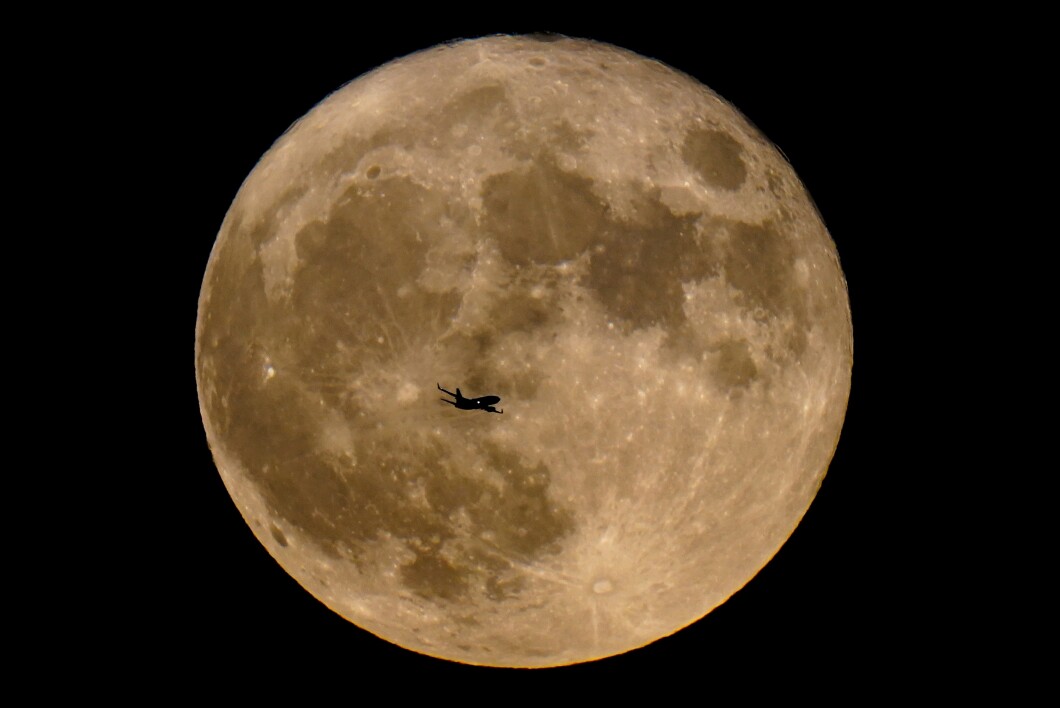
The first supermoon in 2023 is set to appear on Sunday night.
Since the moon orbits the Earth in an ellipse, there are times of the year when it appears closest, which happens often in the moon’s 27-day journey. However when the moon is at its closest, otherwise known as its perigee, and it is simultaneously a full moon, it’s known as a supermoon.
WHAT DOES BRITAIN’S ONLINE SAFETY PROPOSAL MEAN FOR BIG TECH IN THE US?

On Sunday night the moon will be 226,000 miles, less than 30,000 closer than it is at its furthest point. As it falls on a holiday, its likely the supermoon will be the backdrop to fireworks displays.
“High tides and low tides will be more extreme with a perigean full moon and more so for an extreme perigean full moon,” NASA explains on its website. “The extremes are greater due to the difference in the gravitational pull of the Moon across Earth’s diameter.”
CLICK HERE TO READ MORE FROM THE WASHINGTON EXAMINER
The supermoon will still be visible Monday night.
Three more supermoons are slated to shine this year: Aug 1, Aug 30, and Sep 29.





